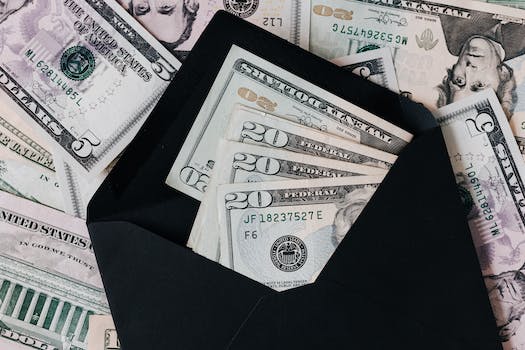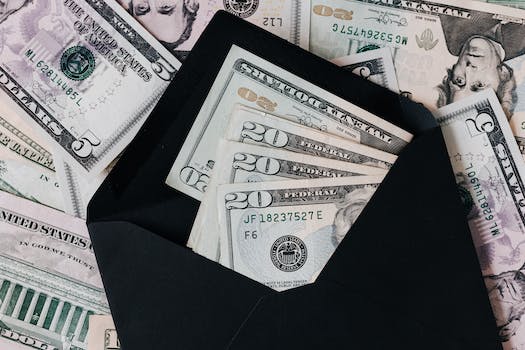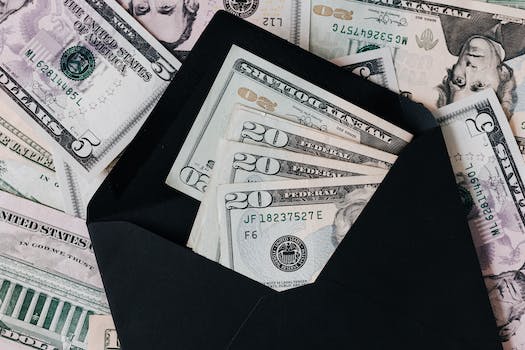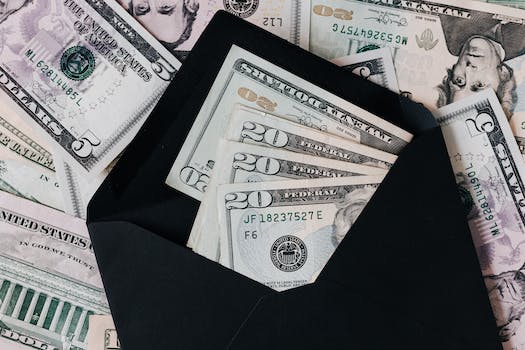How To Save Money On The Gas
“Fuel your savings with these gas-saving tips.”
Introduction
Introduction: Saving money on gas is a common concern for many people, especially those who rely on their vehicles for daily transportation. With gas prices constantly fluctuating, it can be challenging to keep up with the expenses. However, there are several ways to save money on gas that can help you reduce your overall costs. In this article, we will discuss some tips and tricks on how to save money on gas.
Carpooling
Are you tired of spending a fortune on gas every month? Do you want to save some money while also reducing your carbon footprint? If so, carpooling might be the perfect solution for you.
Carpooling is a simple concept that involves sharing a ride with one or more people who are going to the same destination as you. By doing so, you can split the cost of gas and reduce the amount of money you spend on transportation. Not only that, but carpooling also helps to reduce traffic congestion and air pollution, making it a win-win situation for everyone involved.
To get started with carpooling, you first need to find people who are going to the same destination as you. This can be done through various means, such as posting on social media, asking your colleagues at work, or joining a carpooling group in your area. Once you have found a group of people, you can then decide on a schedule and a meeting point for your daily commute.
One of the biggest advantages of carpooling is that it allows you to save money on gas. By sharing the cost of gas with your fellow carpoolers, you can significantly reduce your monthly transportation expenses. This is especially beneficial for those who have long commutes or who drive frequently for work or school.
In addition to saving money, carpooling also helps to reduce traffic congestion on the roads. With fewer cars on the road, there is less traffic, which means less time spent sitting in traffic jams and more time spent doing things you enjoy. This can also help to reduce stress levels and improve overall quality of life.
Another benefit of carpooling is that it helps to reduce air pollution. By sharing a ride with others, you are reducing the number of cars on the road, which in turn reduces the amount of harmful emissions released into the air. This is particularly important in urban areas where air pollution is a major problem.
Carpooling is also a great way to meet new people and make new friends. By sharing a ride with others, you have the opportunity to get to know your fellow carpoolers and build relationships with them. This can be especially beneficial for those who are new to an area or who are looking to expand their social circle.
If you are interested in carpooling, there are a few things you should keep in mind. First, it is important to establish clear guidelines and expectations with your fellow carpoolers. This includes things like punctuality, meeting points, and how to handle unexpected situations such as car breakdowns or traffic delays.
It is also important to be respectful of your fellow carpoolers and their needs. This means being considerate of their schedules and preferences, and being willing to compromise when necessary. Remember, carpooling is a team effort, and everyone needs to work together to make it a success.
In conclusion, carpooling is a great way to save money on gas while also reducing traffic congestion and air pollution. By sharing a ride with others, you can enjoy a more affordable and environmentally-friendly commute, while also building relationships with your fellow carpoolers. So why not give it a try? You might be surprised at how much you enjoy it.
Using public transportation
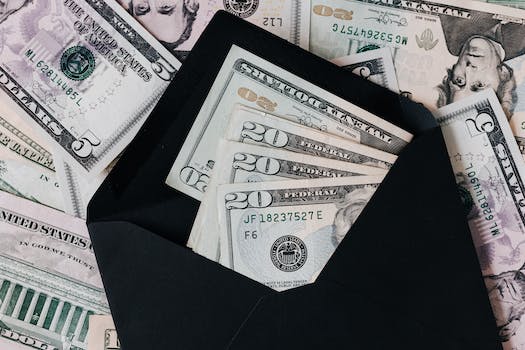
Are you tired of spending a fortune on gas every month? Do you want to save money and reduce your carbon footprint? If so, using public transportation may be the solution you’ve been looking for.
Public transportation is a cost-effective and eco-friendly way to get around. It includes buses, trains, subways, and other forms of mass transit that are available to the public. By using public transportation, you can save money on gas, reduce wear and tear on your car, and avoid the stress of driving in traffic.
One of the biggest advantages of using public transportation is the cost savings. The cost of gas can add up quickly, especially if you have a long commute or drive frequently. By using public transportation, you can save hundreds or even thousands of dollars each year on gas and car maintenance. Many cities offer discounted rates for students, seniors, and frequent riders, making it even more affordable.
Another benefit of using public transportation is the reduced environmental impact. Cars emit harmful pollutants into the air, contributing to climate change and poor air quality. By using public transportation, you can reduce your carbon footprint and help protect the environment. Mass transit systems are designed to be energy-efficient and use clean energy sources, such as electricity or natural gas.
Using public transportation can also be a more relaxing and stress-free way to travel. Driving in traffic can be frustrating and exhausting, especially during rush hour. By taking public transportation, you can sit back, relax, and let someone else do the driving. You can use the time to read, listen to music, or catch up on work, without the distractions of the road.
If you’re new to using public transportation, it can seem intimidating at first. However, with a little planning and preparation, it can be a convenient and easy way to get around. Here are some tips to help you get started:
1. Research your options: Find out what public transportation options are available in your area. Check the schedules, routes, and fares to see which one works best for you.
2. Plan your route: Use a map or online planner to map out your route and determine the best way to get to your destination. Make sure to factor in any transfers or connections.
3. Buy a pass: Many public transportation systems offer discounted passes for frequent riders. Look into purchasing a monthly or weekly pass to save money.
4. Be prepared: Make sure to bring any necessary items, such as a book, headphones, or a snack, to make your ride more comfortable. Also, be aware of any safety precautions, such as wearing a mask or practicing social distancing.
5. Be patient: Public transportation can sometimes be delayed or crowded, so be patient and plan ahead for any potential delays.
In conclusion, using public transportation is a great way to save money on gas, reduce your carbon footprint, and enjoy a more relaxing and stress-free commute. With a little planning and preparation, you can make the switch to public transportation and start reaping the benefits today. So why not give it a try and see how much you can save?
Driving at a steady speed
Driving at a steady speed is one of the most effective ways to save money on gas. It may seem like a small change, but it can make a big difference in your fuel economy. By maintaining a consistent speed, you can reduce the amount of fuel your car uses and save money in the process.
When you drive at a steady speed, your car doesn’t have to work as hard to maintain its momentum. This means that your engine uses less fuel, which can lead to significant savings over time. In fact, studies have shown that driving at a steady speed can improve your fuel economy by up to 20%.
To start driving at a steady speed, you’ll need to pay close attention to your speedometer. Try to maintain a consistent speed, even when you’re going up or down hills. If you find that you’re constantly accelerating and braking, you’re wasting fuel and money.
Another way to maintain a steady speed is to use cruise control. This feature is available on most modern cars and can help you maintain a consistent speed on the highway. Just be sure to turn it off when you’re driving in heavy traffic or on winding roads.
In addition to saving money on gas, driving at a steady speed can also improve your safety on the road. When you’re not constantly accelerating and braking, you have more time to react to unexpected situations. This can help you avoid accidents and keep yourself and your passengers safe.
Of course, there are times when you’ll need to slow down or speed up. For example, if you’re approaching a red light or merging onto the highway, you’ll need to adjust your speed accordingly. However, by driving at a steady speed whenever possible, you can reduce your fuel consumption and save money.
It’s also important to remember that other factors can affect your fuel economy. For example, driving with underinflated tires can reduce your gas mileage by up to 3%. Similarly, carrying excess weight in your car can also reduce your fuel economy. By keeping your tires properly inflated and removing any unnecessary items from your car, you can further improve your fuel economy.
In conclusion, driving at a steady speed is a simple but effective way to save money on gas. By maintaining a consistent speed, you can reduce your fuel consumption and improve your safety on the road. To get started, pay close attention to your speedometer and try to avoid unnecessary acceleration and braking. And don’t forget to keep your tires properly inflated and remove any excess weight from your car. With these tips, you can enjoy significant savings at the pump and keep more money in your pocket.
Keeping tires properly inflated
Are you tired of spending a fortune on gas every month? Well, you’re not alone. Gas prices seem to be constantly on the rise, and it can be frustrating to see your hard-earned money go up in smoke. However, there are some simple steps you can take to save money on gas, and one of them is keeping your tires properly inflated.
Why is tire pressure important?
Firstly, let’s talk about why tire pressure is so important. When your tires are underinflated, they create more rolling resistance, which means your engine has to work harder to move the car. This, in turn, leads to more fuel consumption and a decrease in gas mileage. In fact, according to the U.S. Department of Energy, you can improve your gas mileage by up to 3.3% by keeping your tires inflated to the proper pressure.
How to check your tire pressure
So, how do you know if your tires are properly inflated? The easiest way is to use a tire pressure gauge, which you can purchase at any auto parts store. Simply remove the valve cap from the tire, press the gauge onto the valve stem, and read the pressure on the gauge. You can find the recommended tire pressure for your car in the owner’s manual or on a sticker located on the driver’s side door jamb.
When to check your tire pressure
It’s important to check your tire pressure regularly, at least once a month, and before long trips. Tire pressure can fluctuate with changes in temperature, so it’s a good idea to check it more frequently during extreme weather conditions. It’s also a good idea to check your tire pressure when the tires are cold, as driving can heat up the tires and cause the pressure to increase.
How to inflate your tires
If you find that your tires are underinflated, you can easily inflate them at home or at a gas station. Most gas stations have air pumps available for use, and some even have digital displays that show the tire pressure as you inflate them. Simply attach the air hose to the valve stem, and add air until the pressure reaches the recommended level. Be sure to check the pressure frequently as you inflate the tire, as it can increase quickly.
Benefits of properly inflated tires
Keeping your tires properly inflated not only saves you money on gas, but it also improves your safety on the road. Underinflated tires can lead to poor handling, decreased braking ability, and even tire failure. By maintaining the proper tire pressure, you can ensure that your car is performing at its best and reduce the risk of accidents.
In conclusion, keeping your tires properly inflated is a simple and effective way to save money on gas and improve your safety on the road. By checking your tire pressure regularly and inflating them to the recommended level, you can improve your gas mileage and reduce the risk of accidents. So, next time you’re at the gas station, take a few minutes to check your tire pressure and enjoy the savings!
Using a gas rewards credit card
Are you tired of spending a fortune on gas every month? Well, there’s good news! You can save money on gas by using a gas rewards credit card. These cards offer cashback or points for every dollar you spend on gas, which can add up to significant savings over time.
Firstly, it’s important to choose the right gas rewards credit card. Look for a card that offers a high percentage of cashback or points for gas purchases. Some cards offer up to 5% cashback on gas purchases, while others offer points that can be redeemed for gas or other rewards.
Once you have chosen the right card, it’s time to start using it. Make sure to use your gas rewards credit card every time you fill up your tank. This will ensure that you earn cashback or points on every gas purchase you make.
Another way to maximize your savings is to use your gas rewards credit card for other purchases as well. Many gas rewards credit cards offer cashback or points for other purchases, such as groceries or dining out. By using your card for these purchases, you can earn even more rewards that can be redeemed for gas or other rewards.
It’s also important to pay off your gas rewards credit card balance in full every month. Gas rewards credit cards often have high-interest rates, so carrying a balance can quickly negate any savings you earn from the rewards. By paying off your balance in full every month, you can avoid paying interest and maximize your savings.
Some gas rewards credit cards also offer additional perks, such as roadside assistance or travel insurance. These perks can be valuable and can save you money in the long run. Make sure to read the fine print and understand all the benefits of your gas rewards credit card.
In addition to using a gas rewards credit card, there are other ways to save money on gas. One way is to shop around for the best gas prices. Use apps or websites to compare gas prices at different stations in your area. By choosing the station with the lowest prices, you can save money on every fill-up.
Another way to save money on gas is to drive more efficiently. Avoid rapid acceleration and braking, which can waste gas. Keep your tires properly inflated and avoid idling for long periods of time. By driving more efficiently, you can save money on gas and reduce your carbon footprint.
In conclusion, using a gas rewards credit card is a great way to save money on gas. Choose the right card, use it for every gas purchase, and pay off your balance in full every month. By doing so, you can earn cashback or points that can be redeemed for gas or other rewards. Additionally, shop around for the best gas prices and drive more efficiently to maximize your savings. With these tips, you can save money on gas and keep more money in your pocket.
Conclusion
Conclusion: To save money on gas, you can try carpooling, using public transportation, driving at a steady speed, maintaining your vehicle, and using gas rewards programs. By implementing these strategies, you can reduce your gas expenses and save money in the long run.

